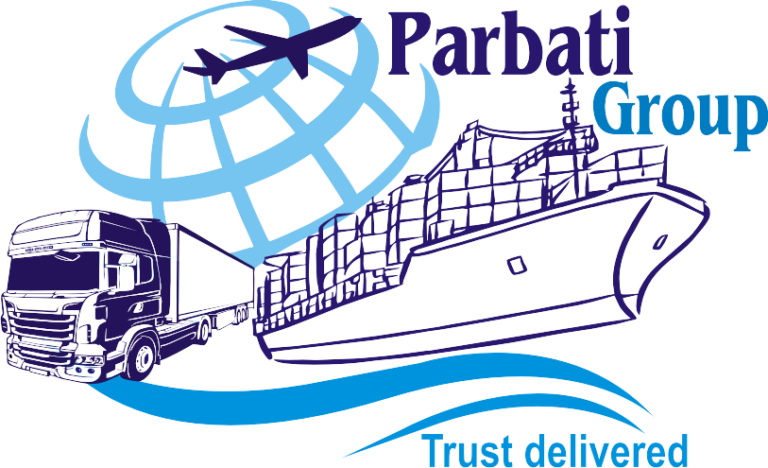Logistics for Businesses Defined by Parbati Group
Today, the term “logistics” applies to the reliable movement of supplies and finished products. According to a study, businesses spent a trillion on logistics, moving goods from origin to end-user through various supply chain network segments. By 2025, a total of 5.95 trillion ton-miles of freight will move across the United States. Without efficient logistics, a business cannot win the profitability war. So here Logistics for Businesses Defined by Parbati Group
What Is Logistics for businesses?
While the terms “logistics” and “supply chain” are sometimes used interchangeably, logistics is an element of the overall supply chain.
Logistics refers to the movement of goods from Point A to Point B, which entails two functions: transportation and warehousing. The overall supply chain is a network of businesses and organizations working in a sequence of processes, including logistics, to produce and distribute goods.
What Is Logistics Management?
Logistics is the collection of processes involved in moving goods internally or from buyer to seller. Logistics managers oversee and control the many complexities involved in that process; in fact, there are a number of certifications for these professionals. Success depends on attention to many details: Routes need to be determined based on expediency, regulatory environments. And avoiding obstacles ranging from road repairs to wars and adverse weather conditions. Shipping provider and packaging options must be carefully considered, with costs weighed against factors from weight to recyclability. Fully loaded costs may include factors outside of transportation. Such as those that ensure customer satisfaction and the availability of suitable warehousing.
If a shipment of dairy products arrives spoiled because refrigeration failed, that’s on the logistics team.
Fortunately, logistics management software helps businesses make the very best routing and shipping decisions, contain costs, protect investments and track the movement of goods. Such software can often also automate processes, such as choosing shippers according to rate fluctuations or contracts, printing shipping labels, automatically entering transactions in ledgers and on the balance sheet, ordering shipper pickups, recording receipts, and receipt signatures, and helping with inventory control and other functions.
